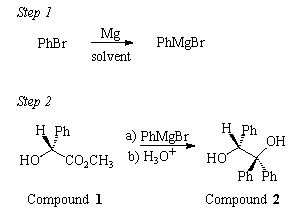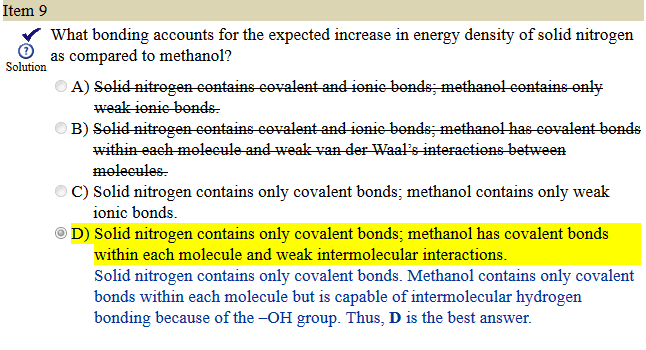- Joined
- Oct 17, 2007
- Messages
- 5,474
- Reaction score
- 56
This is the official Q&A thread for AAMC CBT10.
Please post ONLY questions pertaining to AAMC CBT10.
Out of respect for people who may not have completed the other exams, do not post questions or material from any other AAMC exam.
Please see this thread for the rules of order before you post.
Good luck on your MCAT!
Please post ONLY questions pertaining to AAMC CBT10.
Out of respect for people who may not have completed the other exams, do not post questions or material from any other AAMC exam.
Please see this thread for the rules of order before you post.
Good luck on your MCAT!




